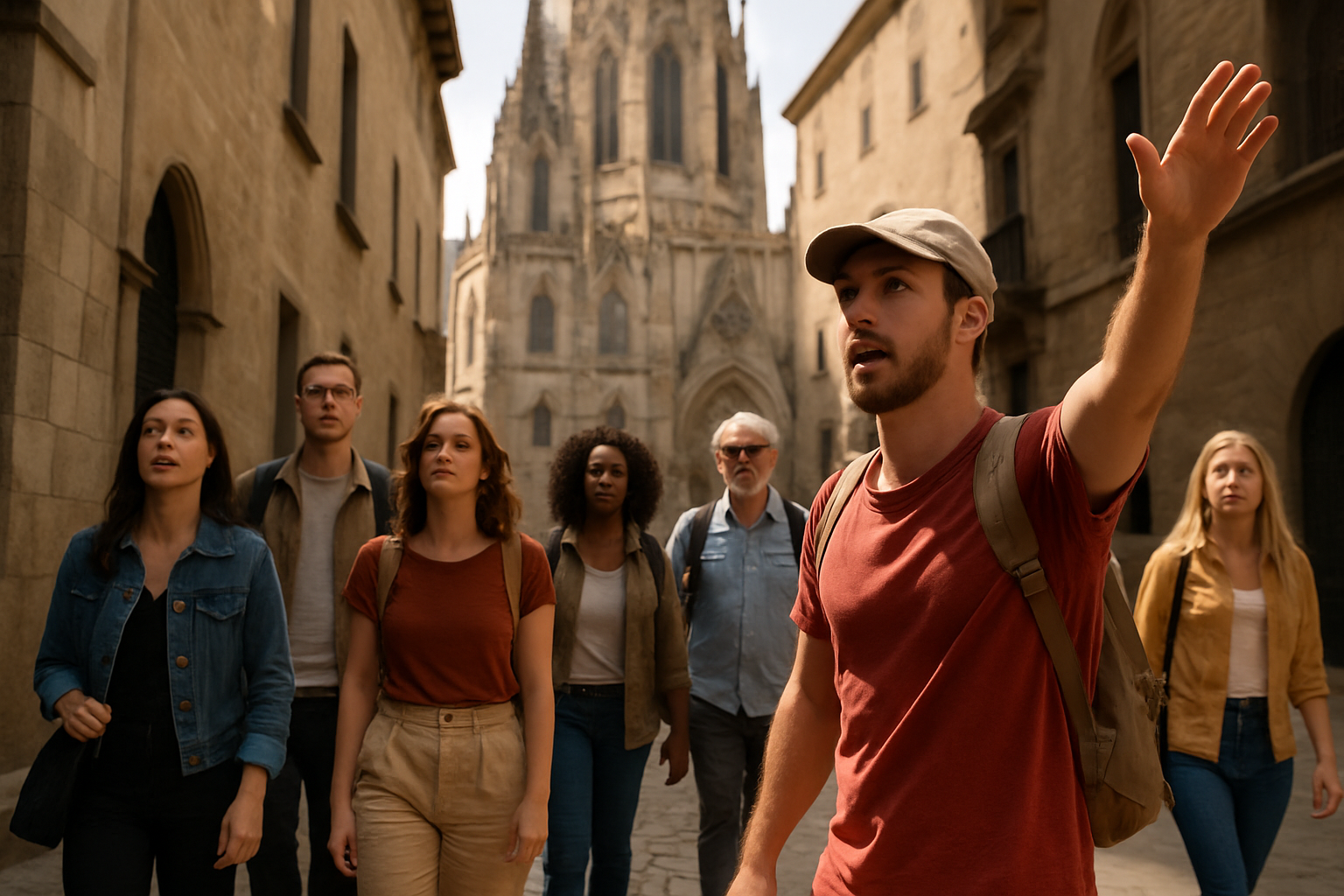Embracing the Charm of Walking Tours: A Step into a More Immersive Travel Experience
Walking tours are not a new phenomenon in the realm of travel and tourism. However, they have recently received a surge of popularity, redefining the way travelers interact with destinations. This article explores the rising trend of walking tours, the advantages they offer, and their impact on the modern-day traveler.

A Look into the History of Walking Tours
The concept of walking tours dates back to the 18th century, when it was popular among the European elite as a form of leisure and education. Over time, walking tours have evolved to accommodate various travel preferences, transforming from elitist leisure to an accessible and immersive way of experiencing a destination.
Walking Tours in the Contemporary Travel Landscape
Today, the trend of walking tours has seeped into every corner of the globe. From bustling city centers to remote rural landscapes, walking tours offer a chance to intimately experience the world’s diverse cultures, histories, and environments. They provide travelers with a slower, more mindful way of exploring, allowing for deeper connections with the places they visit.
Pros and Cons of Walking Tours
Like any travel style, walking tours come with their own set of advantages and challenges.
On the positive side, walking tours offer:
-
An immersive experience: Walking tours allow travelers to explore at their own pace, taking time to absorb the surroundings and interact with locals.
-
Health benefits: Walking is a simple form of exercise that can help maintain physical health during travel.
-
Environmentally-friendly: Walking tours reduce carbon footprint, making them a sustainable travel option.
However, there are also some challenges to consider:
-
Physical demands: Walking tours can be physically demanding, especially in hilly or mountainous regions.
-
Time-consuming: Walking tours often take longer than other forms of sightseeing.
Despite these challenges, the immersive experiences offered by walking tours often outweigh the drawbacks.
Interesting Factoids about Walking Tours
-
The world’s longest walking tour is the Great Trail in Canada, stretching over 24,000 kilometers from the Atlantic to the Pacific.
-
Famous authors like Charles Dickens and William Wordsworth were known for their love of walking tours.
-
Walking tours can be themed, focusing on topics like food, architecture, history, or even ghost stories.
Wrapping Up
Walking tours offer a unique perspective on travel, urging us to slow down and truly immerse ourselves in the places we visit. Despite their challenges, they offer countless benefits that make the journey worthwhile. Whether you’re exploring a bustling city or traversing a remote landscape, walking tours invite you to step out of your comfort zone and experience the world one step at a time.





